News WOSCU
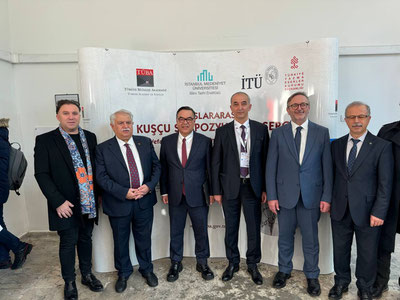
Turkey Commemorates the 550th Anniversary of Ali Qushji's Passing
Read more...
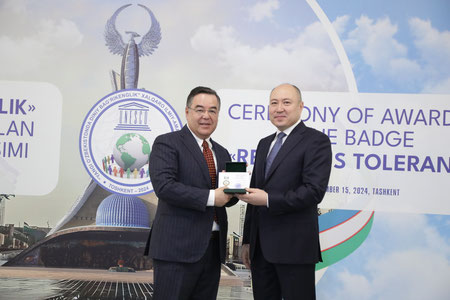
A ceremony of recognition was held in honor of International Tolerance Day
Read more...
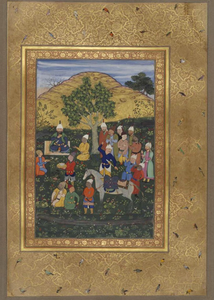
A magnificent album belonging to the Baburids has been discovered in the Berlin Library
Read more...
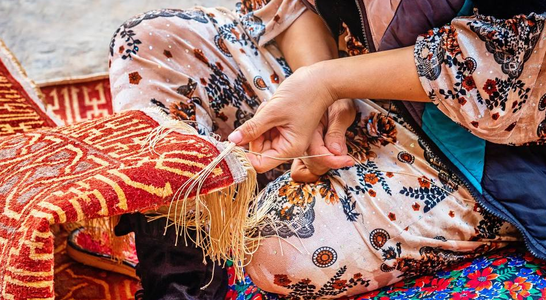
Uzbekistan: Dynamic Reforms and Global Recognition Through the Lens of Euronews
Read more...
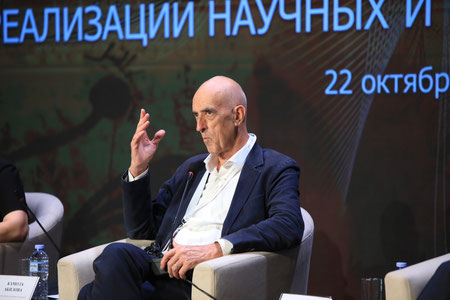
François Déroche: "In written sources, the history of Tashkent dates back to ancient times, and many outstanding scholars originated from here".
Read more...
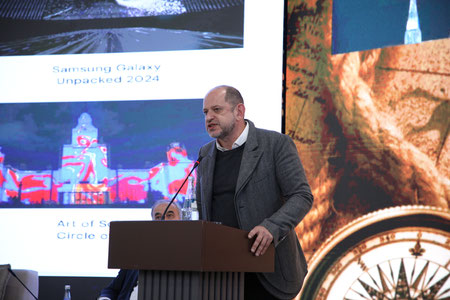
Boris Kislytsin: "Collaboration is planned for dozens of projects in Uzbekistan by our company".
Read more...
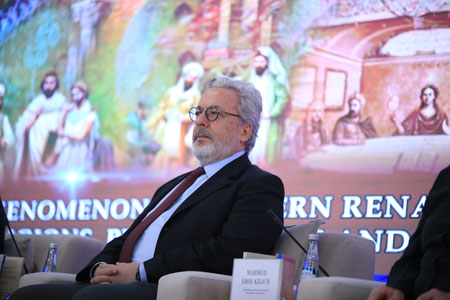
Mahmud Erol Kılıç: "This land has given the world such great figures as Ibn Sina, Mirzo Ulughbek, Termizi, and Imam Bukhari".
Read more...
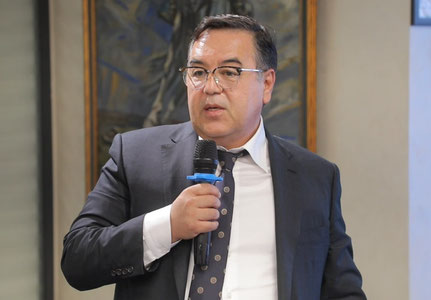
What will the innovative museum of Imam Bukhari look like?
Read more...
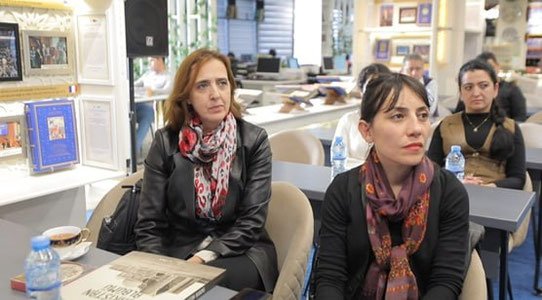
Turkish art scholars at the center for Islamic civilizations
Read more...
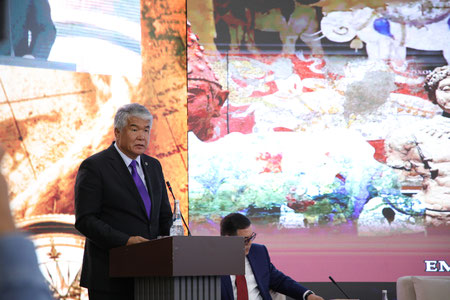
Sultan Raev: "The constructive and pragmatic foreign policy pursued by the country's leader plays an important role in restoring and strengthening Uzbekistan's historical position in Central Asia and the Turkic world"
Read more...
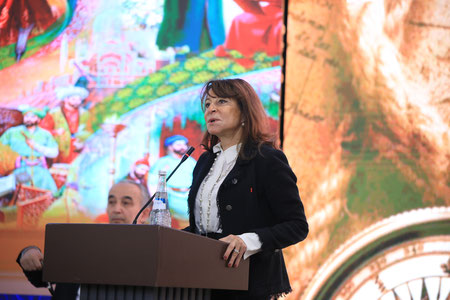
Borina Andrieu: "The heritage left by your ancestors must be shown to the world"
Read more...
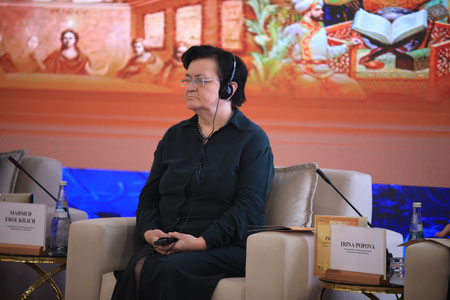
Irina Popova: "Noting that the foundation of any civilization is a book, I express my gratitude to the President of Uzbekistan"
Read more...
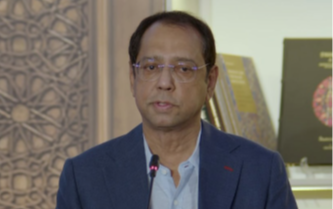
Imran Аkhmad: "The world should know where Uzbekistan has come from and what the new Uzbekistan is striving for"
Read more...
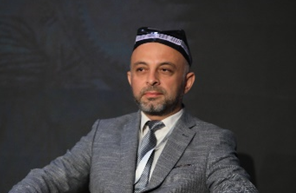
Makhmud Yaziji: "Without political will, it is difficult to study and popularize cultural heritage"
Read more...
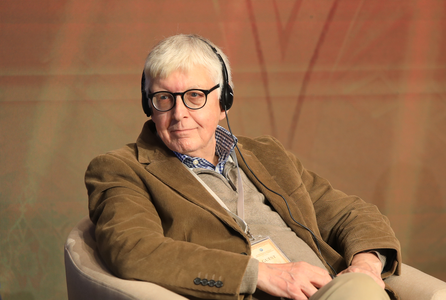
Fred Harrison: "If children do not know about their heritage, you cannot teach them history"
Read more...
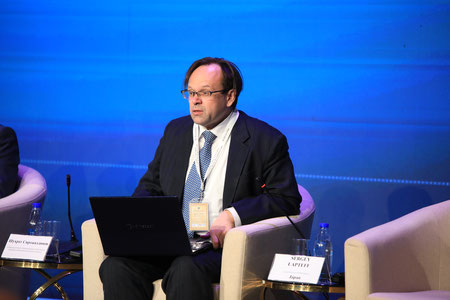
Sergey Laptev: "The museum of the Center for Islamic Civilization will feature a unique numismatic collection"
Read more...
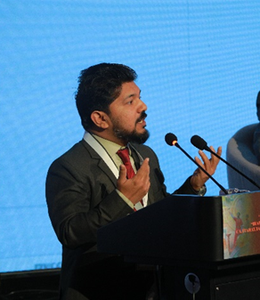
Abbas Panakkal: The center is meant to inspire researchers to discover the hidden gems of Islam.
Read more...
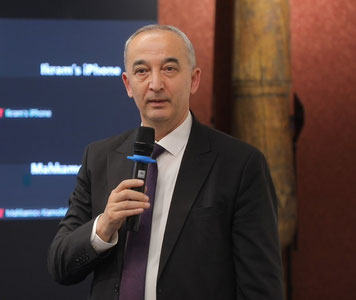
Civilizations, personalities, inventions
Read more...
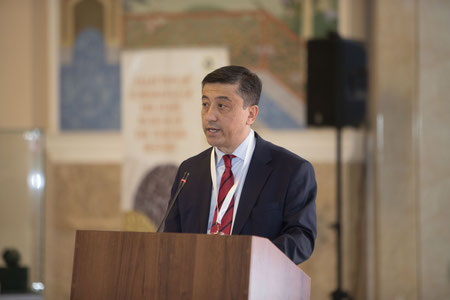
Journey into the Timurid Era
Read more...
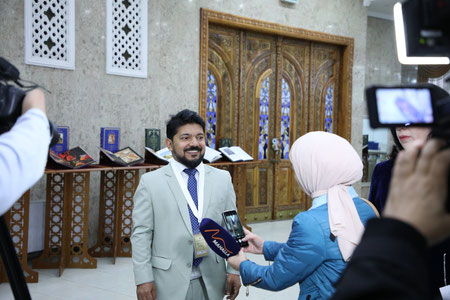
Cultural Heritage and Modern Transformations of Uzbek Cities
Read more...
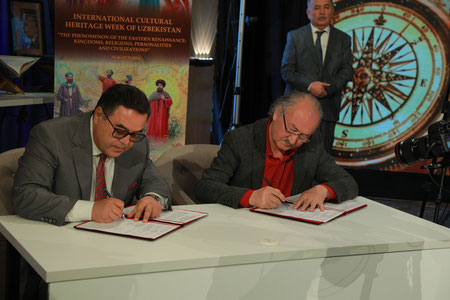
An exhibition of creative works dedicated to creating images of great scholars and relevant issues of their popularization at the international level was opened at the Center for Islamic Civilization.
Read more...
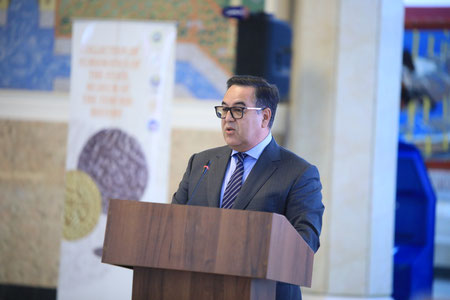
A magnificent album belonging to the Baburids has been discovered in the Berlin Library
Read more...
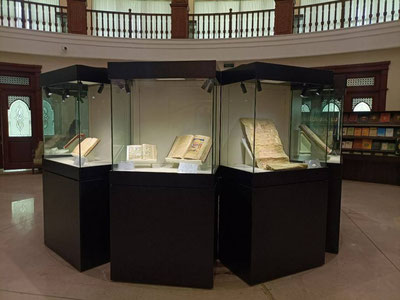
Treasures of the Ages: The Manuscript Heritage of Uzbekistan
Read more...
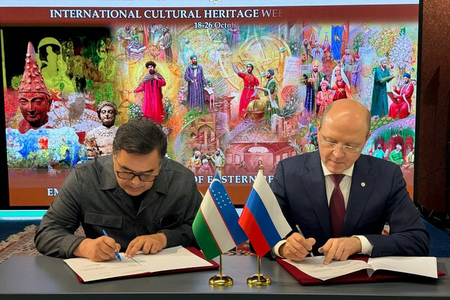
Center for Islamic Civilization in Uzbekistan and Russia's Sber have reached an agreement on cooperation in the field of information technology
Read more...
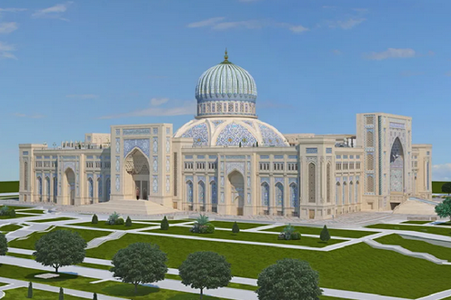
The Center for Islamic Civilization in Uzbekistan plans to have continuous Qur'an recitation
Read more...
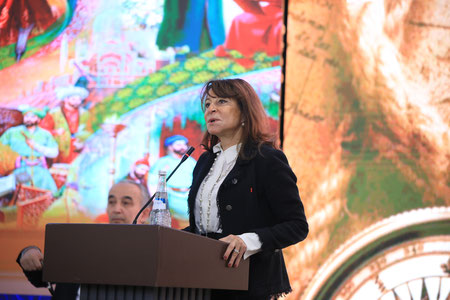
The Timurid Hall at the Museum of the Center for Islamic Civilization has been proposed to be designed in the Louvre style
Read more...
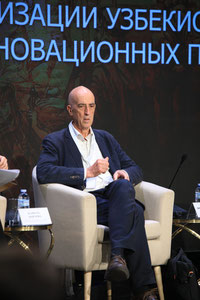
The Knight of the Legion of Honor will assist the CIC in creating a facsimile edition of '114 Qur’ans.'
Read more...
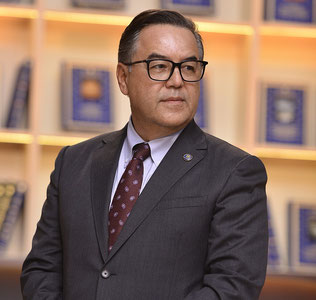
Firdavs Abdukhalikov: "The International Week of Cultural Heritage Has Become a Source of Valuable and Inspiring Moments"
Read more...
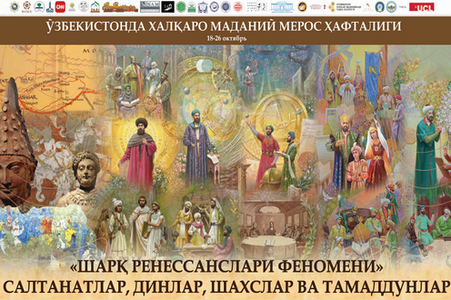
International Heritage Week Concludes in Tashkent
Read more...
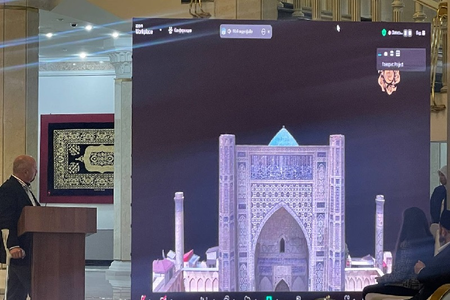
An American engineer will recreate the Timurid era in virtual reality
Read more...
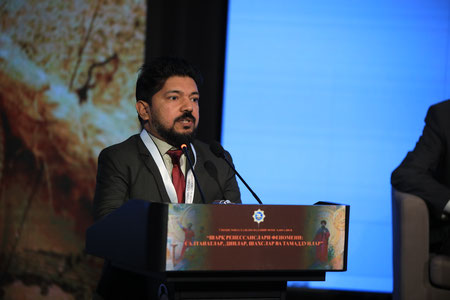
A British expert will study the connection of the 14th-century Moroccan qadi-traveler with Uzbekistan.
Read more...
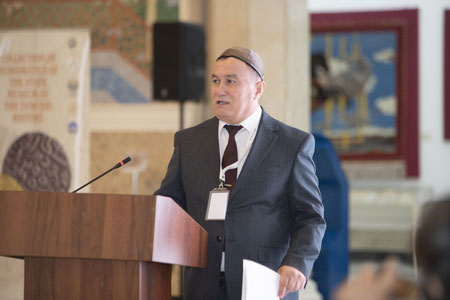
The work on the genealogical tree of the Timurid dynasty, preserved in France, has been translated into Uzbek
Read more...
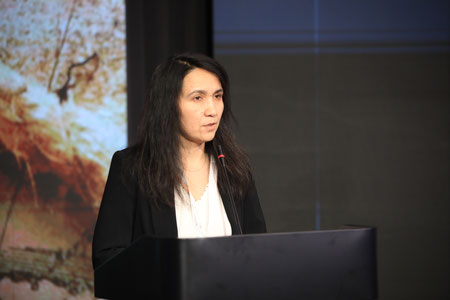
A Magnificent Album Belonging to the Baburids Found in the Berlin Library
Read more...
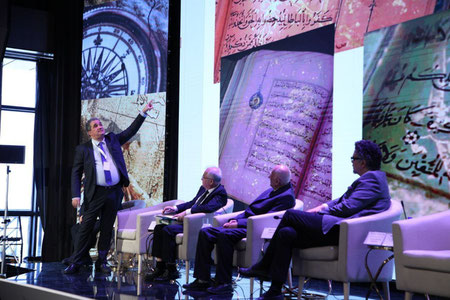
An Extremely Rare Quran Manuscript from the Era of Amir Timur Found in Europe
Read more...
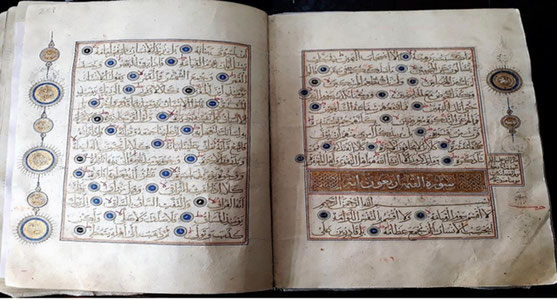
For the First Time, a Quran Manuscript Containing the Word "Uzbek" Has Been Found
Read more...
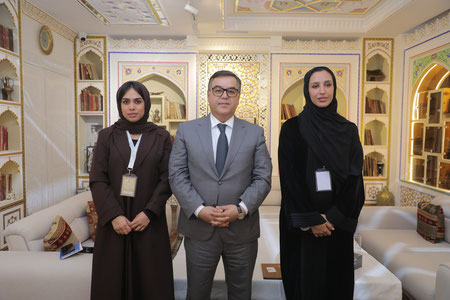
The Center for Islamic Civilization in Uzbekistan Partners with UAE's "Manara" Center for Promoting Tolerance
Read more...
